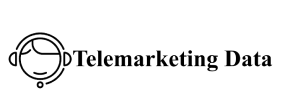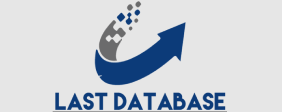Key takeaway: Notice that your prospect already understands their problem and your solution to that problem. Two books cover this in great detail: Breakthrough Advertising by Eugene Schwartz Here is an important breakdown of one of the most important frameworks in the book. Great Leads by Michael Masterson The image below is adapted from one of his books Zhang Depending on where a prospect’s awareness is, they will fall into one of Gene Schwartz’s 4 awareness stages: Most Known – They already know your product and are ready to buy again Product Awareness – They know what you sell but aren’t sure yet Does it work for them Solution.
Kevin Hart
Awareness – they know the results they want, but don’t know they can get those Estonia Phone Number List results from your product Problem Awareness – they know they have a problem, but don’t know there’s a solution Completely unaware – They don’t even know they have a problem Chart Adapted from “Great Leads” by Michael Masterson. Depending on the stage of consciousness someone is in, they will respond differently to different “cues” or introductions to advertising. We can look at these awareness stages and lead types in more detail in future posts. But for now, here’s what to remember: The takeaway: Testing new leads is always your highest leverage activity. If possible, test new ads that lead with emotion.
Regina Todorenko
Here’s an ad with over 10,000 in ad spend that shows how Noom applies this approach. Note that it BT Leads uses an emotionally heavy problem solving/story thread hybrid approach in addition to the more direct intro/cues we’ve seen Noom use so far: Noom Example Emotionally Heavy “Stacking” Stories/ Problem Solving Leader. Notice how Noom works by presenting the “problem” being overweight to each of these users in very emotionally personal terms. : Afterwards, you’ll see this video transition to “Solutions,” where each user shares how Noom helped them lose weight permanently. Creating a YouTube Ad for Found Okay, now we’ve seen what worked for Noom.
Tags: cell phone number list, Estonia Phone Number List, mobile number database, mobile number list, phone number database, phone number list






